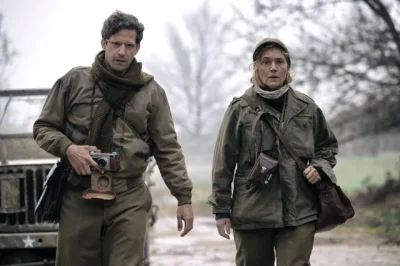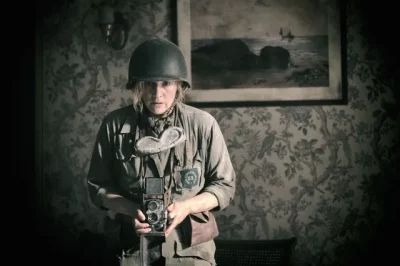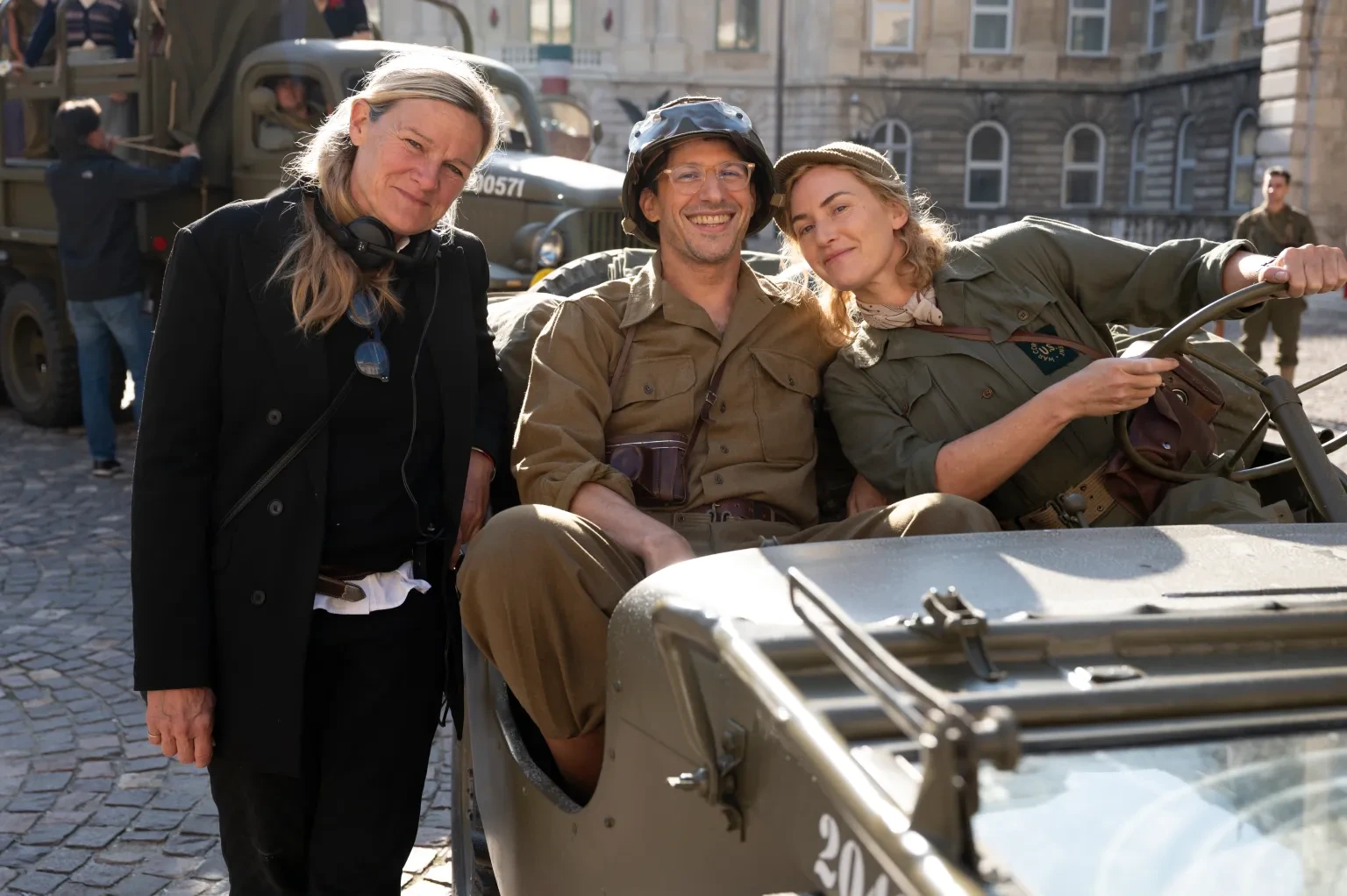Director Ellen Kuras on Lee Miller and the Power of Film
Film Interviews
Sometimes an image can tell a story more powerfully than words, particularly when captured by the right artist. When international superstar and Academy Award winner Kate Winslet (Titanic, The Reader) decided to tell the story of legendary photojournalist Lee Miller in the new biopic Lee, she wanted a director who understood this extraordinary woman. Ellen Kuras, the renowned cinematographer-turned-director, was a picture perfect choice.
“Kate Winslet and I have known each other for many years, since the beginning of Eternal Sunshine of the Spotless Mind,” Kuras says, and the two became fast friends, reteaming for Alan Rickman’s directorial debut, A Little Chaos, in 2014. The two had often spoken about a shared idol, Lee Miller. An American photographer and photojournalist, Miller moved to Paris to pursue photography, later becoming a war correspondent for Vogue during WWII, documenting the London Blitz, the liberation of Paris, the Buchenwald and Dachau concentration camps and famously taking a photo of herself in Adolf Hitler‘s bathtub. When Winslet secured the rights to make the film, she reached out to Kuras.

“I was thrilled, of course—we’d been looking for a project to work on together,” Kuras says. The first woman to receive the American Society of Cinematographers Lifetime Achievement Award, Kuras shot films for Spike Lee, Martin Scorsese, Michel Gondry, Sam Mendes and Jim Jarmusch, among others. Kuras identified with certain aspects of Miller’s story, as a driven and talented woman with a camera in a male-dominated world, and was indelibly drawn to the project. As a television director, Kuras has helmed episodes of The Umbrella Academy, Ozark, Catch-22 and Inventing Anna, but Lee would serve as her feature debut. The script has been developed by former Vogue editor and journalist Marion Hume, along with screenwriter John Collee (Master and Commander: The Far Side of the World). Kuras and Winslet felt that it needed some reshaping, and began a deep dive into Miller’s life and career to find an accessible approach to Miller’s story. “We needed to bring it more structure,” Kuras says. “And that’s how Liz Hannah came on board to be able to put her structural fingerprints on the film, to bring it to more of a movie story.” Hannah, who established herself as a skilled screenwriter with Steven Spielberg’s The Post in 2017, narrowed down the focus of the film to a specific period of Miller’s life, leading up to the war and following her time as a correspondent.

In addition to Winslet, the ensemble includes such stellar performers as Oscar winner Marion Cotillard, Oscar nominee Andrea Riseborough, Alexander Skarsgård and Josh O’Connor. Perhaps the most interesting piece of casting was that of Miller’s comrade on the frontlines, David E. Scherman, a Jewish-American photojournalist who was deeply affected by witnessing the horrors of the holocaust firsthand. “It was Marion Hume, who was one of our writers, who just threw out there out of the box, ‘What about Andy Samberg?’” Kurass says. Best known for Saturday Night Live, Popstar: Never Stop Never Stopping and the hit sitcom Brooklyn Nine-Nine, Samberg isn’t the kind of name that immediately comes to mind for a war drama, yet once the name was spoken, everyone knew that they were on to something. “Kate and I just stopped, and I was like, ‘Oh my God, Andy Samdberg! Wow’,” Kuras says. Despite being an established star, Samberg offered to audition for Kuras and Winslet, and the role was cast. “He really took on the role with passion, and was able to really play the emotional life of David Sherman,” Kuras says.
The timing of both the making and release of the film, which began development in 2015 and started shooting in 2020, has held a lot of poignancy for Kuras. As the movie chronicles Hitler’s totalitarian rise to power, history was beginning to repeat itself around the globe.“I think it’s very much about today, where we’re on the cusp of huge political upheaval, you know … the possibility that authoritarianism can take over,” Kuras says. Early in the film, Miller expresses her disbelief that Hitler could charm so many and that they aren’t able to see what he really is, and Kuras has found a lot of modern subtext in it all. While audiences in Poland have noted a parallel to Russian President Vladimir Putin’s invasion of Ukraine, Kuras believes that the echoes don’t stop there. “Trump was doing the same thing that Hitler did, saying, ‘I’m for the people. I’m the leader of the people’,” Kuras says. Comparing the way Hitler took advantage of the economic crisis in Germany post-World War I and used othering and painting himself as the savior of the common man, Kuras sees an inescapable comparison to former President and current Republican candidate Donald Trump. “I think we can look at this film through the present lens and say, ‘we have to be aware of what the consequences are’,” Kuras says. “We have to be aware of what’s right around the corner and have more eyes open, because we have history to look at. And hopefully people can see this film also through that lens.”
As Lee arrives in theaters actress America on September 27, it’s a remarkable opportunity for Kuras and Winslet, two women at the top of their fields, to pay homage to a trailblazer who is not only a personal hero, but who helped change the world for female professionals and risked her own life to bring some of the most harrowing and pivotal moments in history to a world that was looking for answers and truth, and to help audiences ponder some of the most serious questions about our past, present, and future.
Read more Film Interviews here:
Cinematographer Sam Levy Captures a Portrait of a Family with His Three Daughters
Erin Moriarty on Empowering Women and Catching Dust
